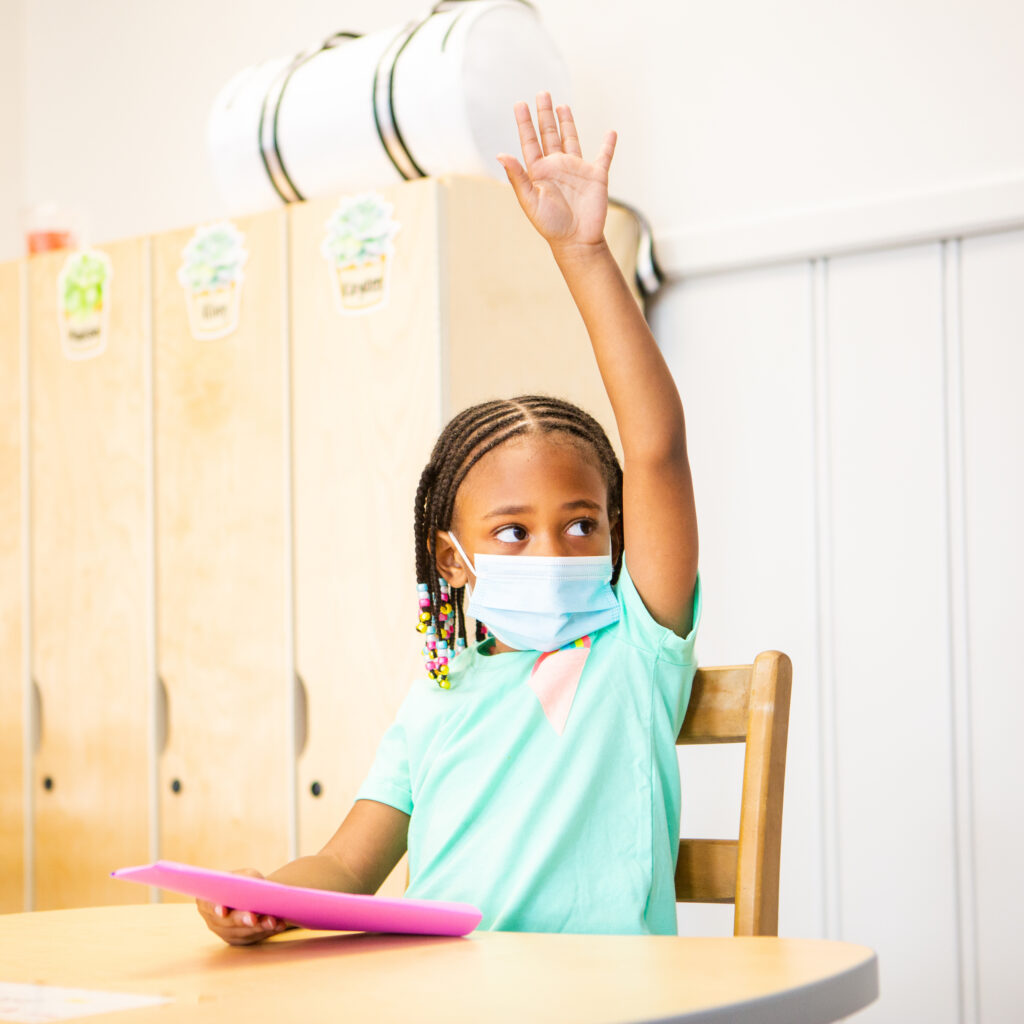At CityBridge, we believe that piloting is a core practice for equity-centered design. Pilots are experiments, big and small, that are systematically designed to answer a set of questions.
Entrepreneur Toolkit:
Pilot Plans.
Plan and Learn from Pilots
Our design process intentionally brings together a focus on our participants’ humanity with the principles of scientific experimentation. Piloting allows innovators to merge equity and rigor, pushing towards a level of honesty about their assumptions and bias and opening space to engage in learning that can improve processes or outcomes.
Through pilots, which we see as low-risk opportunities to learn, innovators are able to “try on” a solution aimed at addressing inequities within our education system. More explicitly, because racism and inequity are products of design and can therefore be redesigned, we help our program participants apply equitable design principles in the process of building anew. Pilots are structured opportunities to redesign.
Pilot Plan Tool
The Pilot Plan tool provides a highly specific framework for articulating what a team wants to learn, who they will work with and when, how they will conduct their tests, and what evidence they will gather in order to understand a hypothesis about the impact of their intervention.
Pilot Plan Templates
This Pilot Plan Template document summarizes several recurring types of pilots teams can borrow from, ranging from introducing a new teaching method, to new professional development for faculty, to ceding power to students and allow them to take on new responsibilities within a school.
Examples
Example Pilot: Hendley Elementary School
Pilot: Student-led community circles.
Example pilot: Bard High School Early College DC
Pilot: SEL-focused brain breaks during class time.
Example Pilot: Planting Seeds
Pilot: Supporting Black high school girls to identify, strengthen, and practice self-advocacy skills.
The Power and Importance of Reflection for Learning
The final section of the Pilot Plan tool deserves special attention. Teams that are able to learn the most from their pilots generate strong learning questions, gather evidence to help them answer those questions, and pause to take stock of what they have learned before moving to the next project or iteration of their work.
The cycle of planning, doing, and reflecting appears in many continuous improvement frameworks. We emphasize that reflection happens at many moments in the design process: when teams make sense of their empathy research, when they analyze their work with a theory of change, and after they try something new through piloting. Gathering empathy data or developing a theory of change without reflection hardly makes any sense, but it can be challenging in the midst of urgent work to ensure that teams take a pause after implementing a pilot to reflect on their learning questions. Even pilots that don’t go as expected are opportunities for learning. To get the most out of all of the tools in this toolkit, setting aside time to reflect is important.
To learn how a team used reflection at multiple points along their design journey, read our blog about Felicia Owo-Grant and Ayinde Spradley at Friendship PCS.
How can we supplement our existing sources of achievement data with more nimble, holistic data sources to form a full picture of student progress? The answer can be found in expansive measures: non-traditional measures that can indicate to us whether we are on track to both our achievement and non-achievement goals.

